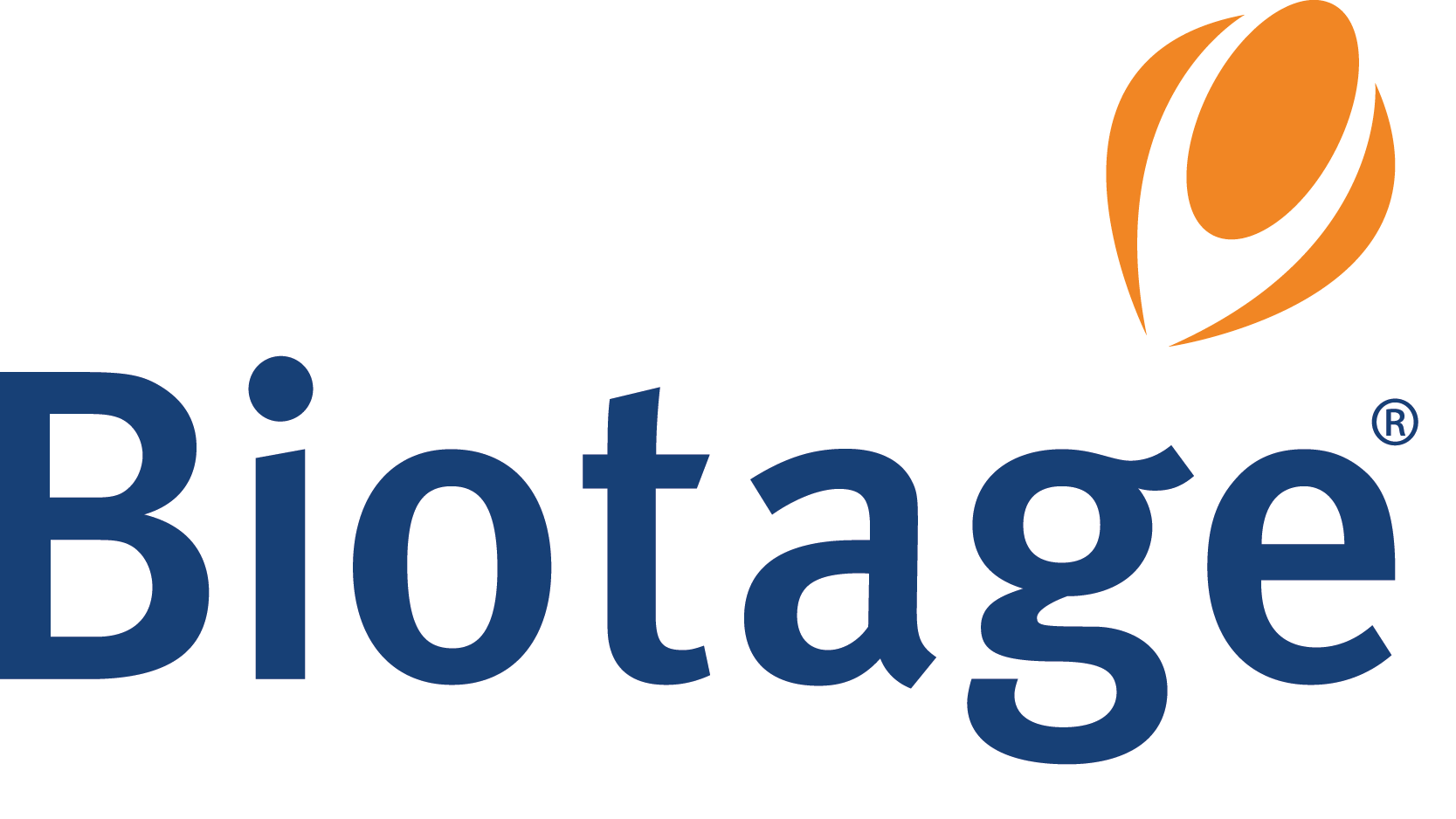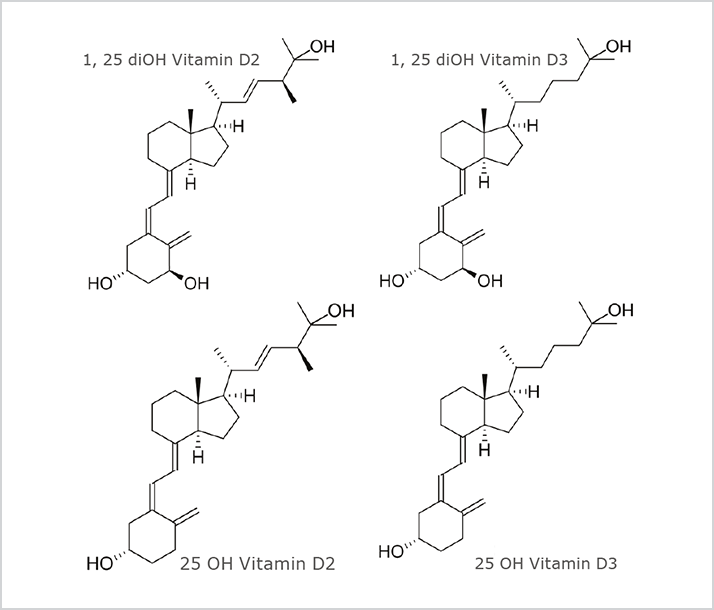Introduction
The method described in this application note achieves high recoveries of the 1,25 diOH and 25 OH metabolites of vitamins D2 and D3 from serum. The method is versatile enough to measure both the commonly measured 25 hydroxy metabolites and sensitive enough to also measure the better predicting 1,25 dihydroxy metabolites. The method involves SLE extraction followed by a simple PTAD derivatization.
ISOLUTE® SLE+ products provide clean, rapid, robust and efficient extraction solutions for a wide range of analytes.

 Figure 1. Structure of Vitamin D metabolites
Figure 1. Structure of Vitamin D metabolitesAnalytes
1,25 diOH Vitamin D3, 25 OH Vitamin D3, 1,25 diOH Vitamin D2, 25 OH Vitamin D2
Sample Preparation Procedure
Format: ISOLUTE® SLE+ 400 μL Supported Liquid Extraction Plate, part number 820-0400-P01 Spiking of Calibration Standards: A stock solution containing all four (4) vitamin D analytes was prepared in methanol: water (50:50, v/v) from the individual pure stock standards at a concentration of 500 ng/mL for each analyte. An internal standard solution of D6-25-OH vitamin D3 was prepared at a concentration of 500 ng/mL in methanol: water (50:50, v/v). Two sets of “working solutions” were prepared from the stock vitamin D solution and the stock d6-25,OH vitamin D3 solution at concentrations of 10 ng/mL and 5 ng/mL. A total volume of 300 μL of vitamin D stripped serum (purchased from Golden West Biologicals, Temecula, CA.) was spiked with a calculated aliquot of one of the working standards to give eight (8) calibrant level solutions ranging from 0.01 ng/mL to 1.0 ng/mL. An aliquot of the internal standard of D6-25-OH vitamin D3 was added to each sample at a spiking concentration of 0.4 ng/mL. Sample Pre-treatment:
- Calibrant, blanks and patient samples (300 μL) were combined with the required level of internal standard and left to stand for 0.5 hour to reach binding equilibrium.
- The samples and standards were then combined with no more than 100 μL of water: propan-2-ol (50:50) and left to stand for an additional 15 minutes for consistent protein disruption. Note: addition of water: propan-2-ol should be added in such a manner as to not exceed the 400 μL maximum load volume for the ISOLUTE SLE+ plate.





